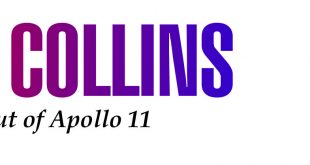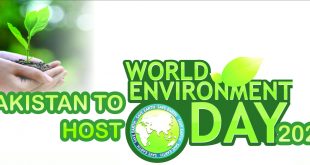It was not merely another summit or a multilateral engagement amongst the regional countries. Rather coming as it did in the wake of estranged relations between the US on the one hand and Pakistan, Iran and the Karzai government on the other, this Summit assumed greater symbolism and meaning both for regional peace as well as for the US exit plan to pull out its forces by 2014.
Before dilating upon the contents of the joint communique, it is important to take stock of the context in which this summit took place. It was not merely another summit or a multilateral engagement amongst the regional countries. Rather coming as it did in the wake of estranged relations between the US on the one hand and Pakistan, Iran and the Karzai government on the other, this Summit assumed greater symbolism and meaning both for regional peace as well as for the US exit plan to pull out its forces by 2014.
First of all, the relations between Washington and Tehran continue to go from bad to worse by the day. Following the sanctions imposed by both the UN and the US over the country’s nuclear program, Iran has been facing international isolation. By attending the Trilateral Summit, the Iranian President gave a loud message to the US that Iran still had a few options to fall back upon and can up the ante for the US by strengthening its relations with Afghanistan and Pakistan.
Thirdly, Afghan President, Hamid Karzai, of late, has been having strained relations with the US over the latter’s direct communication with the Taliban in Qatar. The administration of Hamid Karzai believes that the US should have taken Kabul on board at least before entering into any kind of talks with the Taliban, if it did not want to engage Kabul as an equal interlocutor in these all-important talks. The leaks by the top US officials such as Defence Secretary Leon Panetta about advancing the exit date by a year or so have also rung alarm bells in the Karzai government. It has exposed Kabul to an array of security challenges that it would have to grapple with in the aftermath of the US pullout. Thus by attending a Trilateral Summit and rubbing shoulders with President Mahmoud Ahmadinejad, President Karzai also tried to look defiant to the US.
While the communique titled as ‘Enhancing Trilateral Cooperation’ dealt with all areas of import, three points deserve special mention here.
First, the heads of three countries identified the economic cooperation as a key to boosting their multilateral relations with one another. They also vowed to enhance three-way trade facilitation measures, including preferential tariff and free trade arrangements as well as barter system. They expressed commitment to expand trade in transit and encourage the private sector to invest in the three countries. Pakistan expressed its commitment to pursue Iran-Pakistan gas pipeline despite the US pressure. In response, President Mahmoud Ahmadinejad vowed to take the bilateral trade to $10 billion in a few months.
Third important aspect of the joint communique relates to agreement of the three countries on ensuring respect for sovereignty, independence, unity and territorial integrity as enshrined in the UN Charter. They also emphasized the need for enhancing their cooperation at international level, especially within the United Nations system. This, in other words, means that the three countries were untied against any unilateral attack from outside and vowed to vehemently oppose it. If decoded, it meant that Pakistan would not support any US aggression against Iran and abhorred the idea of drone strikes which breached territorial integrity of the country.
This Trilateral Summit has been held at an important juncture and underscores the need for greater engagement among the countries of the region to ward off dangers from outside. Whether it can be a precursor to a strong economic grouping is too early to answer. Only time can tell.
 Jahangir's World Times First Comprehensive Magazine for students/teachers of competitive exams and general readers as well.
Jahangir's World Times First Comprehensive Magazine for students/teachers of competitive exams and general readers as well.


